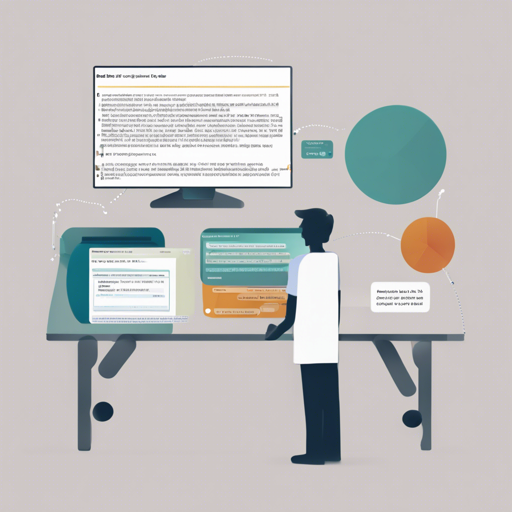In the vast realm of artificial intelligence, one fascinating task is transforming tabular data into comprehensible text. The ToTTo (Table-to-Text) dataset allows developers to work with structured tables to produce summaries in plain English. In this guide, we will dive into how to effectively employ the ToTTo dataset with the T5-based model. Let’s begin our journey!
What is the ToTTo Dataset?
The ToTTo dataset is a treasure trove of over 120,000 training examples focused on the controlled generation task—transforming Wikipedia tables into concise one-sentence descriptions. Each entry consists of a table, a set of highlighted cells, along with the page title and the section title. This means that you can extract key insights from an otherwise cluttered table in a neatly formatted sentence.
Utilizing the T5-based Model with ToTTo Dataset
We will fine-tune the pre-trained T5 (Text-to-Text Transfer Transformer) model using the ToTTo dataset. Think of the T5 model as a skilled chef: trained in various cuisines but now ready to specialize in a particular dish (i.e., the controlled generation task). The fine-tuning process adjusts the chef’s skills to perfectly cook up text from tables.
Steps to Implement
- Step 1: Download the ToTTo Dataset – This dataset is accessible via Hugging Face, providing a straightforward means to acquire your data.
- Step 2: Load and prepare your dataset for training—ensuring it is formatted correctly for your model.
- Step 3: Fine-tune the T5-based model on your dataset using around 120,761 training examples. This process involves training your model to generate succinct descriptions based on the table inputs.
- Step 4: Evaluate the model using the BertScore metric instead of the traditional BLEU metric. BertScore offers a more nuanced evaluation compared to BLEU, making sure that the quality of generated text is contextually aware.
Code Example
Here’s a simple snippet to illustrate loading the T5 model and ToTTo dataset:
from transformers import T5ForConditionalGeneration, T5Tokenizer
from datasets import load_dataset
# Load the tokenizer and model
tokenizer = T5Tokenizer.from_pretrained('t5-base')
model = T5ForConditionalGeneration.from_pretrained('t5-base')
# Load ToTTo dataset
dataset = load_dataset("totto")Troubleshooting Common Issues
While working with the ToTTo dataset and T5 model, you might encounter several common challenges. Here’s how to address them:
- I don’t see expected outputs: Ensure your input formatting aligns with the model requirements; the table should reflect the structure it was trained on.
- Model training is slow: Check your hardware specifications. If you’re using a regular CPU, consider utilizing a GPU for faster training times.
- Unexpected errors during evaluation: Confirm that your evaluation metrics are correctly implemented, specifically when integrating the BertScore metric.
- For more insights, updates, or to collaborate on AI development projects, stay connected with fxis.ai.
Conclusion
By fine-tuning the T5-base model with the ToTTo dataset, you can bridge the gap between structured data and natural language effectively. This process not only enhances your skills but also contributes to more sophisticated AI solutions.
At fxis.ai, we believe that such advancements are crucial for the future of AI, as they enable more comprehensive and effective solutions. Our team is continually exploring new methodologies to push the envelope in artificial intelligence, ensuring that our clients benefit from the latest technological innovations.

